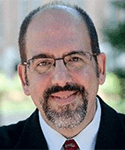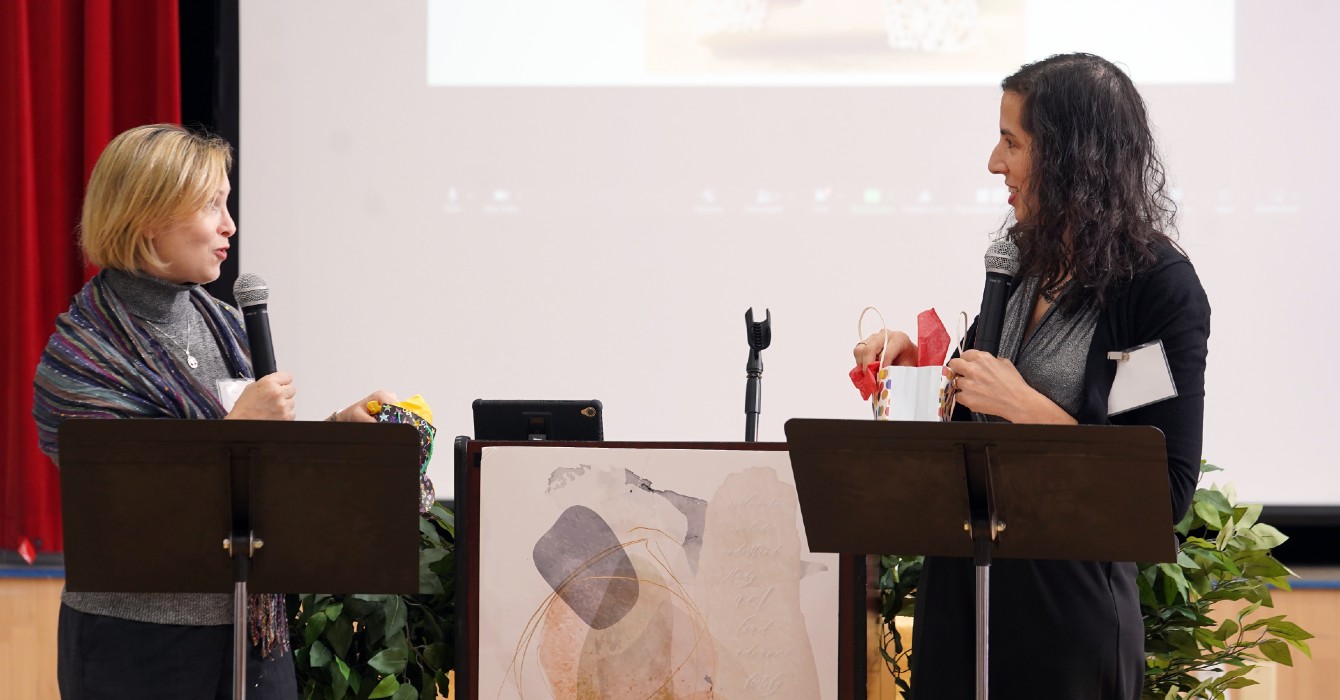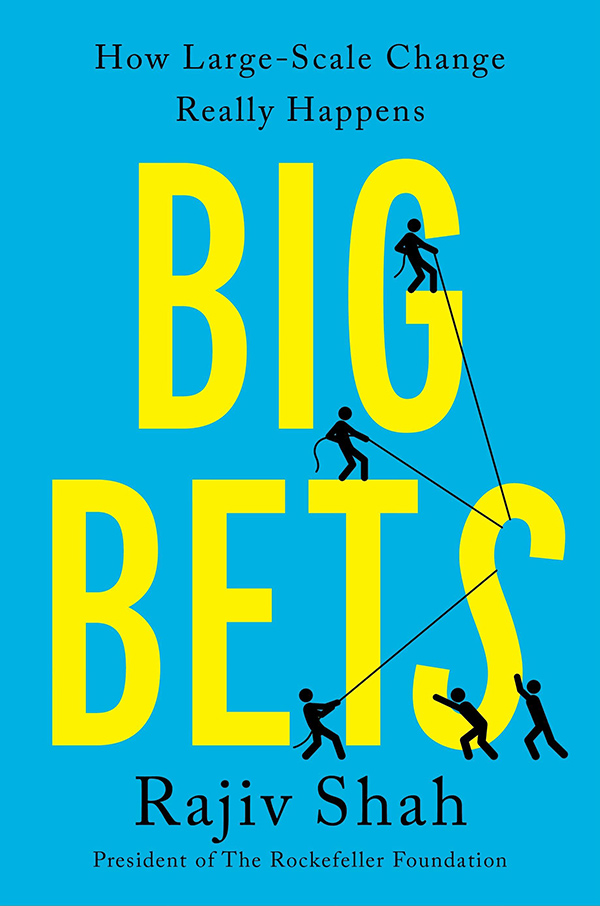When new forms of religious vibrancy clearly manifest social change, critics are often quick to attribute their successes to crass appeals to popular tastes.
Here’s an example. I describe in my book “Hollywood Faith” how Oasis Christian Center, an evangelical church in Hollywood, California, grew from five hundred to over two thousand people from 2001 to 2003. Incorporation of entertainment, fun, relevance, and practicality in the promotion of spiritual vitality yielded this spectacular growth.
It is worth asking whether the growth and excitement evident at Oasis is due simply to placating a consumer-driven, popular culture. Is Oasis a secularized “church”? Is religion being compromised?
Such bland questions are insufficient. Broad societal changes are prompting a reframing of religious traditions not only in “crazy churches in California,” but across the country.
In his recent book “The Megachurch and the Mainline,” Stephen Ellingson is entirely correct to argue that “The underlying codes and logics of pietism—namely, individualism and experience, consumption and choice, pragmatism and efficiency—increasingly are shaping life inside [mainline] congregations and, in so doing, pushing many of the congregations to minimize the historic . . . tradition.” Instrumentalism and consumerism reign in contemporary society. Church leaders are forced to come to terms with it.
The strain of pietism characteristic of contemporary nondenominational evangelicalism often resonates with the life circumstances of parishioners. Leaders draw on these cultural currents to cast the widest net possible to draw people into a common worship and common mission. Once again, Ellingson writes,
By freeing themselves from an overly tight adherence to and preservation of one tradition, congregations may gain the flexibility to tailor the tradition to fit the religious interests and need of people within particular markets. In doing so, they may be able to expand the boundaries of the tradition so that [denominational traditions] can remain relevant and competitive in an increasingly nondenominational religious world.
No one should lament the rapid pace of social change and the negotiation of another Christian tradition. Religion does not fall from heaven to land untainted in the world. Oasis’ ministry embodies Church Growth leadership principles and negotiates elements of century-old traditions like recent Protestant architecture, Pentecostalism, the Seeker Church movement and the Word of Faith movement. This amalgam of influences did not occur as a rational calculation of marketplace advantage. It represents a complex stream of American religious development that finds itself remarkably well-suited to the daily challenges faced by workers in an increasingly uncertain capitalistic economy.
My point here is that no religious tradition exists which was not forged through historical processes of accommodation and acculturation. Religion must always be incarnated since “the Spirit” always manifests itself through “the flesh.” A sober look at church history reveals that church leaders in every era use available elements from the surrounding culture to enact congregational life in ecclesial structures, sacred music, and forms of interaction among the saints.
And if “traditional” church experiences somehow appear more religious than secular, it is only because later generations fail to see the secular elements that have been selectively incorporated into persistent religious structures. Religious structures may appear to freeze in time such that the inexorable processes of social change are believed to be held at bay. But this is naïve. Familiar elements in worship are always being re-combined or re-incarnated to give established traditional elements a new spin. It is important to keep familiar elements in order to establish the legitimacy of a religion among adherents. Yet familiar elements are routinely given fresh interpretations which stimulate a revitalization of religious commitment. Innovation will always have familiar elements, but innovation is always occurring.
Perhaps some scholars and church leaders reject forms of churchly vitality because they fail to mesh with their prior understandings of proper spirituality. Sometimes it appears that scholars and church leaders are more willing to extend tolerance and hospitality in interfaith efforts more often than with different religious orientations within Christianity. I agree with Nancy Ammerman, who wrote in a “Christian Century” article, “It may always have been bad ecclesiology to depend on the culture to carry the gospel, but today it's also bad sociology. Churches that wish to perpetuate distinct Christian traditions need not become an oppositional counterculture, but they do have to tend more intentionally to building their own religious traditions.”
Working the delicate tension between relevance and ritual, between cultural resonance and cultural transformation, is a perpetual challenge for church leaders of all stripes. My plea is that we negotiate this tension in recognition that our own historical forms represent cultural adaptations to a prior era. And that we engage the newly evident, unexpected, and novel methods and theologies in other Christian traditions without unnecessarily denigrating them.
Gerardo Marti is L. Richardson King Assistant Professor of Sociology at Davidson College in Davidson, NC, and is author of "Hollywood Faith: Holiness, Prosperity, and Ambition in a Los Angeles Church" and "A Mosaic of Believers: Diversity and Innovation in a Multiethnic Church."







